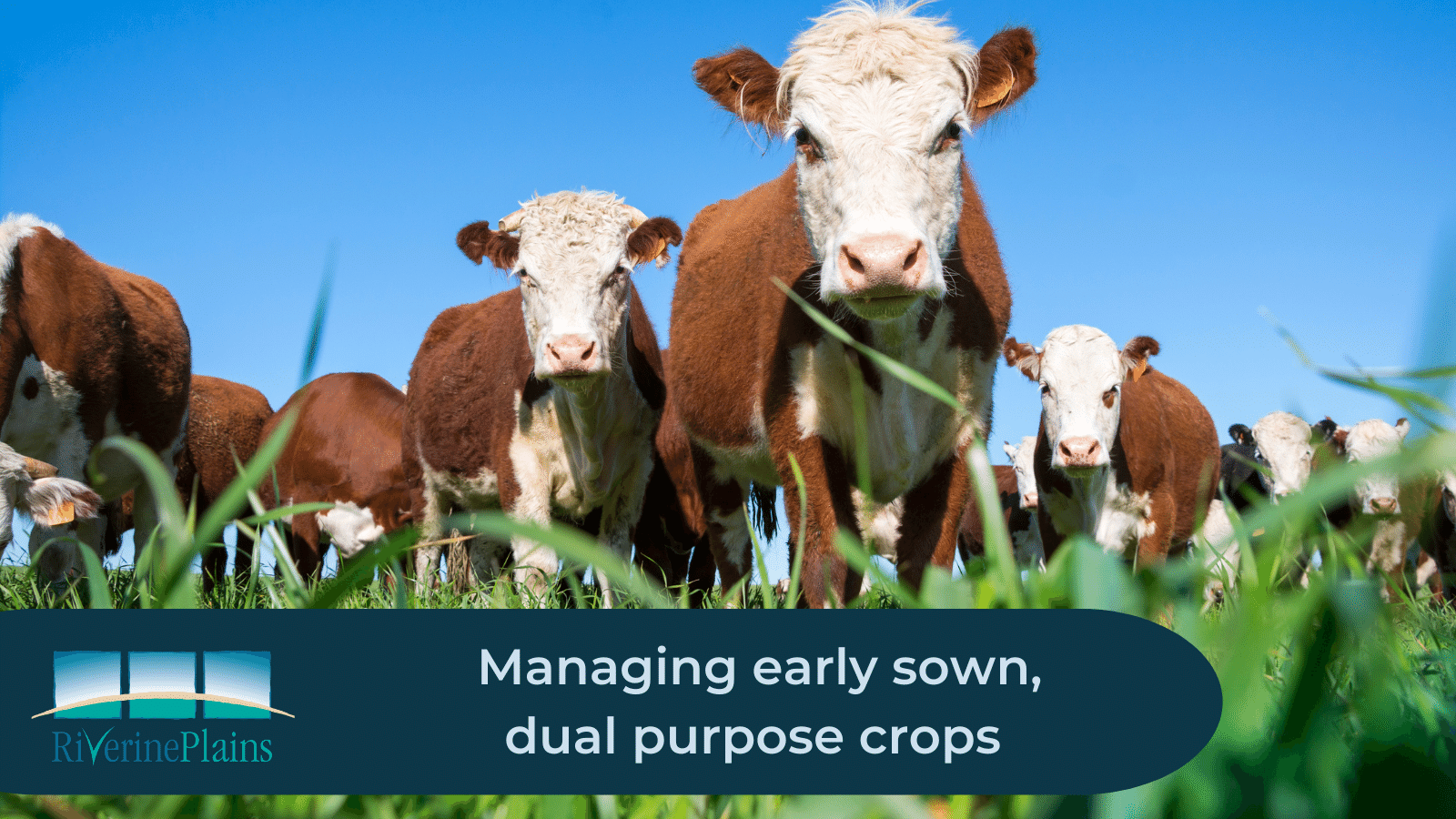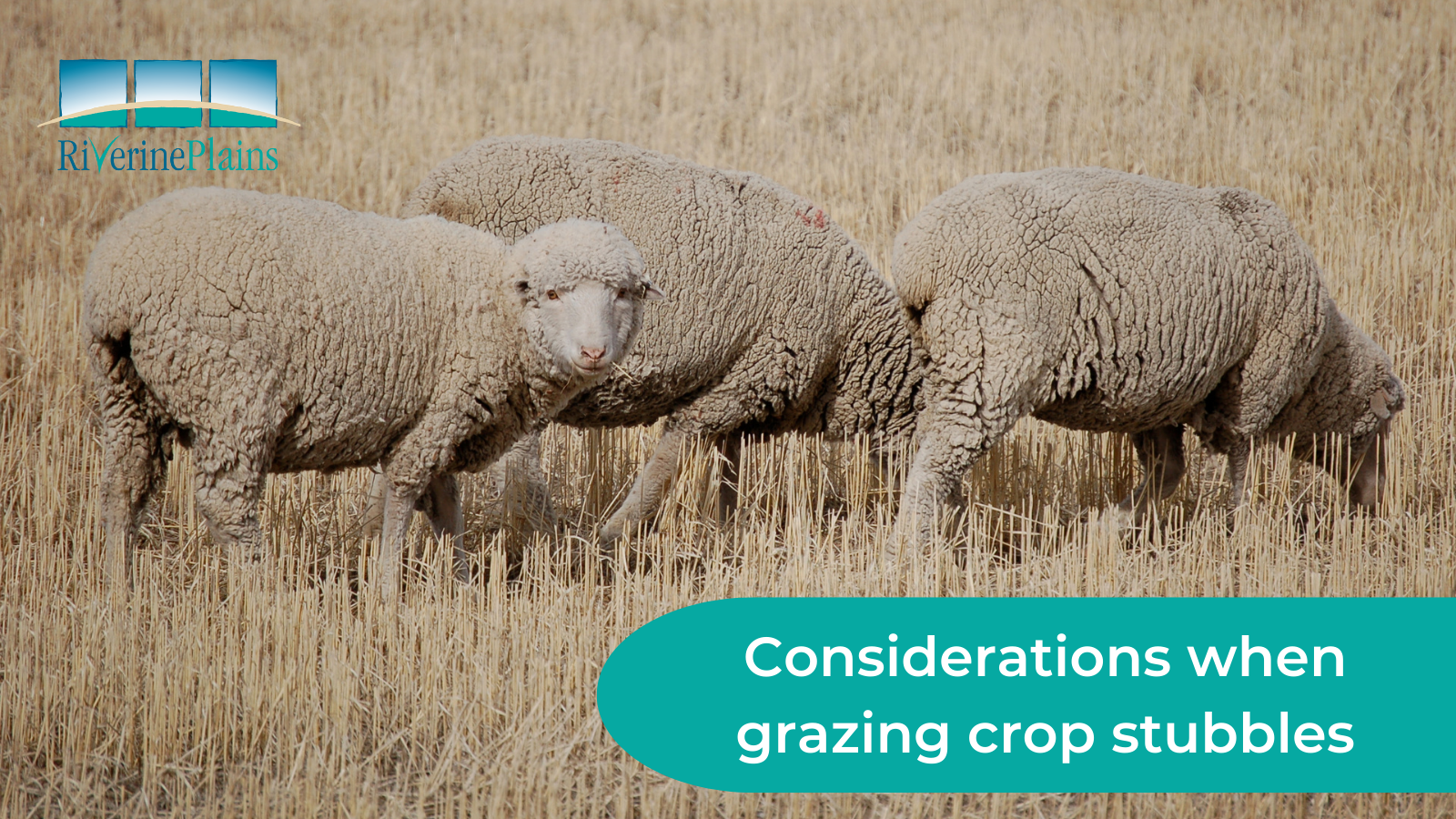Stop the drift: preventing off-target herbicide damage this summer

Key Messages
- Phenoxy herbicides can cause significant off-target damage to susceptible summer crops
- Volatilisation of herbicide from the treated plant occurs more frequently during summer, when temperatures are higher
- Before using volatile herbicides, check with your neighbours about proximity to susceptible summer crops
- Always check with your agronomist to see if there are less volatile alternative products available
Non-intentional herbicide drift from Group I herbicides such as 2,4-D and other compounds occurs regularly across Australia, with cotton, grapes, soybeans, sorghum, forage brassicas, horticultural crops (i.e tomatoes) and other broadleaf species being especially susceptible.
Cotton growers in the Darling Downs suffered millions of dollars in damage from a large-scale 2,4-D drift event late in 2022 and reports suggest up to 30,000 hectares were affected. With summer spraying now in full swing across the Riverine Plains, this incident highlights the importance of careful management in preventing off-target herbicide damage to susceptible crops and ornamentals.
Types of drift:
Herbicides can drift as droplets, vapours or as particles;
Droplet drift is the most common cause of off-target drift and occurs when droplets are carried by air turbulence and gravity, before collecting on non-target plants or soil surfaces.
Particle drift occurs when water and other herbicide carriers evaporate quickly from the droplet, leaving tiny particles of concentrated herbicide. Particle drift has been reported in susceptible crops up to 30km away from the source.
Vapour drift occurs with volatile herbicides such as 2,4-D, often when applied in summer. It is caused when vapours arise directly from the spray or the evaporation of herbicide from the sprayed surface, sometimes hours after the chemical has been applied (volatilisation).
Esters vs amines
2, 4-D (and other herbicides such as triclopyr, MCPA, picloram) are commonly formulated as either amines, salts or ester. Esters have higher vapor pressures than amines, which increases volatilisation as the temperature rises. While low volatile ester (LVE) formulations have a much lower tendency to volatilise, they are still prone to droplet drift. As such, amine formulations are generally preferred when drift is a risk, especially during the warmer months (however they are typically less active on weeds than esters).
There are a number of herbicides that are produced in both ester and amine formulations. Before spraying, check with your agronomist to see if a lower volatility alternative is available for your situation.
Minimise the risk
To minimise the risk of off-target damage, always follow the temperature and other label recommendations and avoid spraying when temperatures exceed 28°C.
During spraying, continuously monitor wind speed and wind direction. Stop spraying if wind speed is below or above the label recommendation and do not spray in still conditions. Daytime heat can also cause wind direction to shift rapidly, so avoid spraying during this time.
Delta T is used to indicate evaporation rate and droplet survival. The ideal Delta T range for spraying is between 2 and 8; when the Delta T value is too high, spray droplets will dry up before the herbicide enters the plant, while a very low Delta T will extend droplet survival and increase the potential for drift under inversions (see below), or washing off by rainfall.
Inversions are especially dangerous
An atmospheric inversion is particularly hazardous for herbicide drift, especially when humidity is high. An inversion occurs when temperature increases with altitude (instead of decreasing). This acts like a blanket of air, causing smoke, dust or spray particles to float until the inversion breaks down and can lead to the distribution of chemical over large and unpredictable distances.
Inversions usually occur on clear, calm mornings and nights; signs including blankets of fog, dust or smoke and the carrying of sounds or smells. To reduce the risk, only spray from two hours after sunrise, and up to one hour before sunset or in accordance with advice issued by a recognised inversion monitoring weather system. For advice on how to recognise an inversion see: https://grdc.com.au/resources-and-publications/all-publications/factsheets/2022/hazardous-inversion
The Riverine Plains network of weather stations can help identify potentially hazardous spraying conditions – view your closest station at https://riverineplains.org.au/riverine-plains-soil-moisture-probe-weather-station-network/
Label Restrictions and other things to consider
The Australian Pesticides and Veterinary Medicines Authority (APVMA) finalised a 2,4-D product review in 2020. This included a mandatory requirement to use a spray quality no smaller than very coarse, with an advisory to use an extremely coarse to ultra-coarse spray quality in sensitive areas over summer, along with increased record keeping requirements.
To meet label requirements, growers should use equipment that ensures spray efficacy while minimising the risk of drift by using appropriate nozzles, operating pressures, application and water rates, buffer zones, application heights and other measures. Growers should also supervise the spray operation (even when using a contractor) and consider the different state-based requirements. Maintaining accurate spray records is essential.
Always read product labels and adhere to manufacturer recommendations and use the least-volatile formulation of herbicide available.
Sources & further reading
https://www.dpi.nsw.gov.au/biosecurity/weeds/weed-control/herbicides/spray-drift
https://grdc.com.au/resources-and-publications/resources/spray-drift
https://grdc.com.au/resources-and-publications/all-publications/factsheets/2022/hazardous-inversion
https://www.cottoninfo.com.au/sites/default/files/img/Nufarm%20spray%20wise%20clock%20Nov%202018.pdf


